At that time, in the kitchens, the spirit of Tet is nurturing the fragrance and color of many Tet dishes, to contribute to a more meaningful Tet in the ancient capital. Vegetables and fruits; seafood from rivers, lakes, and the sea; fresh meat from livestock and poultry from gardens and barns... All of those fresh, green ingredients are being prepared for a competition called: making Tet dishes. And the participants, of course, are mostly Hue women, with golden hands who have passed down and received culinary art techniques through many generations.
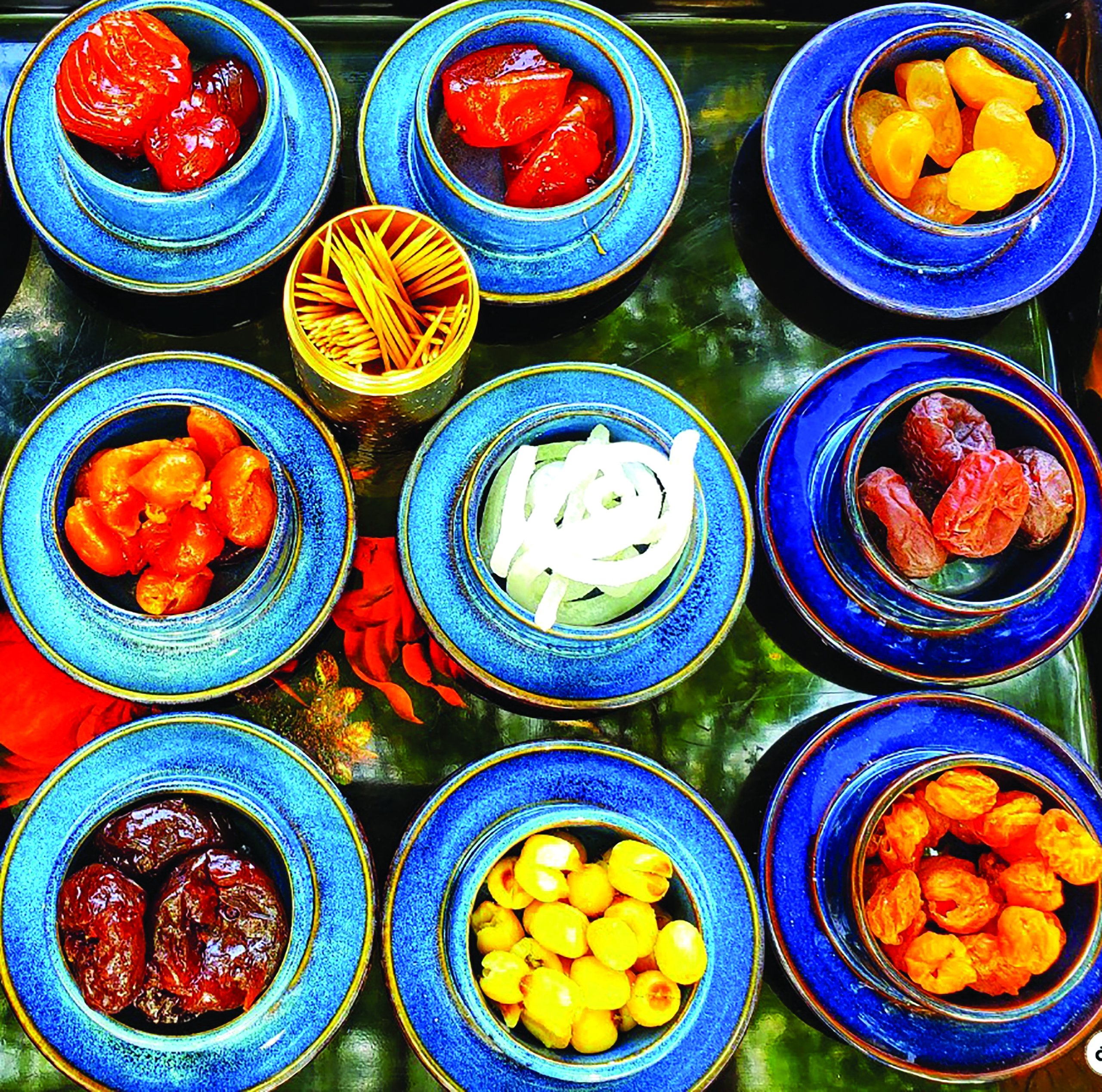
* * *
On Tet holiday, everyday rustic dishes such as com hen, banh beo - nam - loc, banh canh... temporarily stop roaming the streets. That is when the dishes that make up the flavor of Hue Tet appear: fruits and vegetables are sweetly preserved in jams; sticky rice is molded into long banh tet and square banh chung; vegetables are dried and rustic pickled into legendary pickles; pork and beef are fermented in nem, in tre... reminding of a long history of national culture intertwined with Champa culture.
The Hue Tet feast is still as golden as ever, with both traditional dishes and royal dishes. For example, the dish of phoenix sausage is still made by many people today because it was thought to be very difficult, but unexpectedly, it only requires the secret of skillfully wrapping omelette, minced sausage, seaweed... to create its shape and beauty. This year, the Year of the Dragon, the feast will definitely have the dish "transforming a dragon".
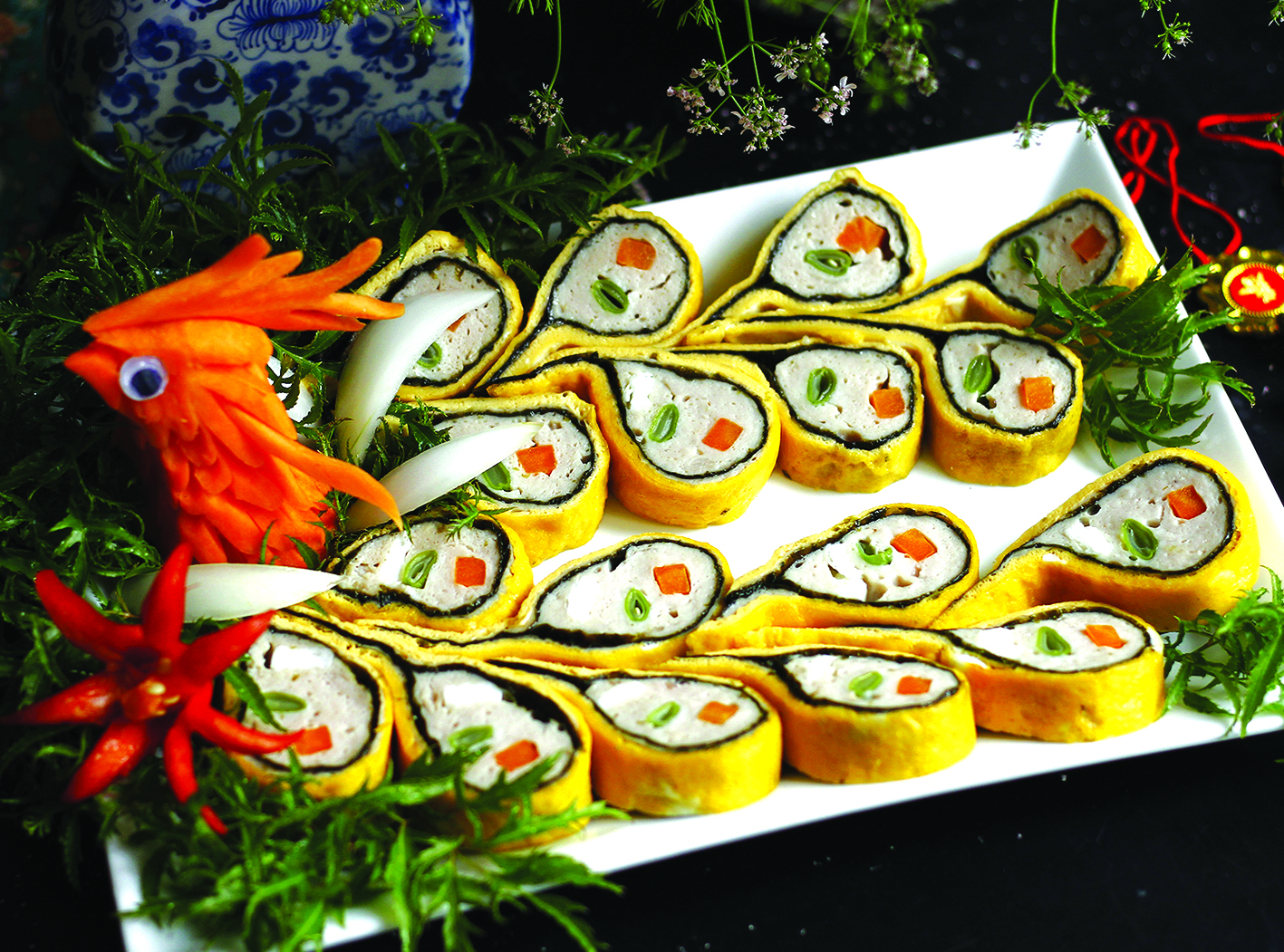
The dish of grilled phoenix only requires skillful hands to be beautiful.
Hue people eat with their eyes, so the Tet meal tray must be as beautiful as the yellow apricot blossom branch in front of the gate. The Tet meal tray must be even more beautiful like a flower tray. The raw vegetable plate has a circle of pure white unripe banana beads around it, inside are ivory-colored fig slices shaped like crescent moons, inside are star fruit sliced into green stars, on top is a mischievous bunch of young green basil and dotted with long slices of bright red chili.
The most famous Hue dish for Tet, available in every house, is Kim Long ginger jam. Some people say that Kim Long ginger jam is delicious and spicy because Kim Long's daughter is beautiful and talented but also very jealous. That story makes perfect sense. What ginger and chili are not spicy, what beautiful girl is not jealous. Especially since this is a daughter of the name "Kim Long has beautiful girls"...
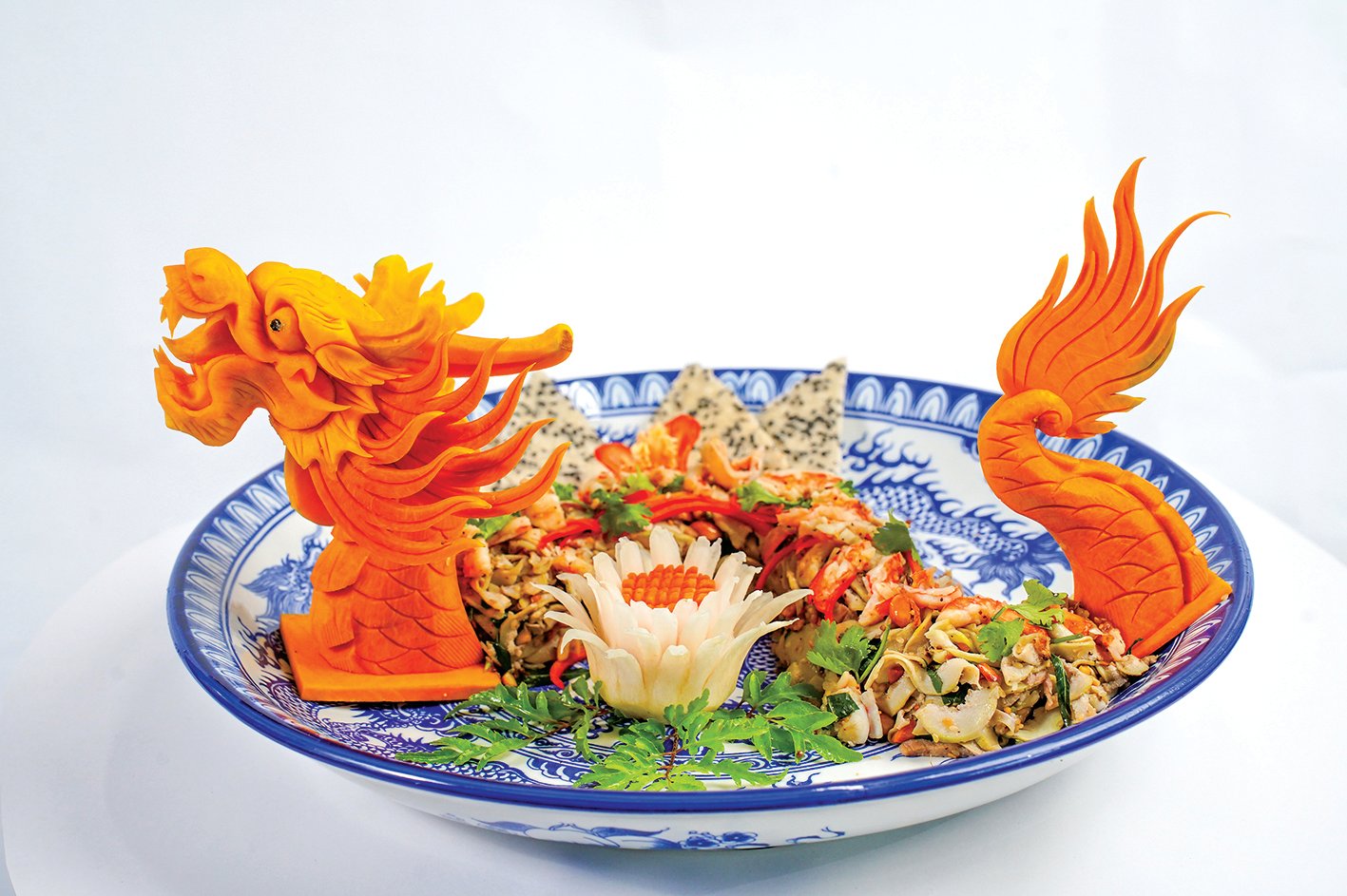
Dragon-shaped mixed figs. Photo: LE DINH HOANG
On the occasion of Tet last year, when the city had just expanded from the source of the Huong River to Nga Ba Sinh, Hue organized a gathering of dozens of stalls from traditional craft villages of Hue's 36 streets. Hue Tet dishes that day had a culinary "parade", converging famous Hue dishes of the past and present such as: Thuan Thanh pancakes, Kim Long ginger jam, Minh Mang thang wine, Thien Huong sesame candy, Thuan Hoa phu the cake, Phu Binh nem tre, Huong river sour shrimp, and even fish sauce from the distant coastal region of Phu Thuong...
Oh Hue Tet dishes, still can't forget the jar of pickled cabbage and pickled onions from Thanh Trung vegetable village in the ancient Hoa Chau citadel...
* * *
Hue people are very democratic in enjoying cuisine, so the food not only satisfies the taste and hearing, but also pays great attention to the sight. Hue has raised the level of culinary color coordination to the highest level with Hue's own five-color standard: red - purple - yellow - green - blue. The five-color system inherits the traditional five-color of Vietnam mixed with Cham Pa colors, dominating not only the arrangement of Hue meals but also Hue dishes in spring, carrying a color tone that, as writer Hoang Phu Ngoc Tuong said: "Very dazzling but also very pleasing to the eye". Therefore, it is not surprising that Hue Tet offerings often have elaborate dishes: five-color sticky rice, five-color porridge, five-color vermicelli and even five-color cakes...
Besides cooked dishes, dry cakes are often decorated with colorful wrapping paper. First of all, there is the in cake that the ancient Hue people called "banh co", made from green beans, mixed with sugar and then molded into cakes, wrapped in mirror paper of five colors, printed with longevity characters, double happiness characters or lotus flowers... In the past, in cake was also a cake offered to the king, and there are now families that have passed it down for nearly half a century. On Tet holiday, the color for children is "banh phu linh", a derivative of in cake, made from green beans rolled into balls and wrapped in mirror paper of five colors, twisted at both ends with tassels. In the past, children liked to keep this cake in their pockets, implicitly expressing their wishes for a new year of good study, prosperity and peace.
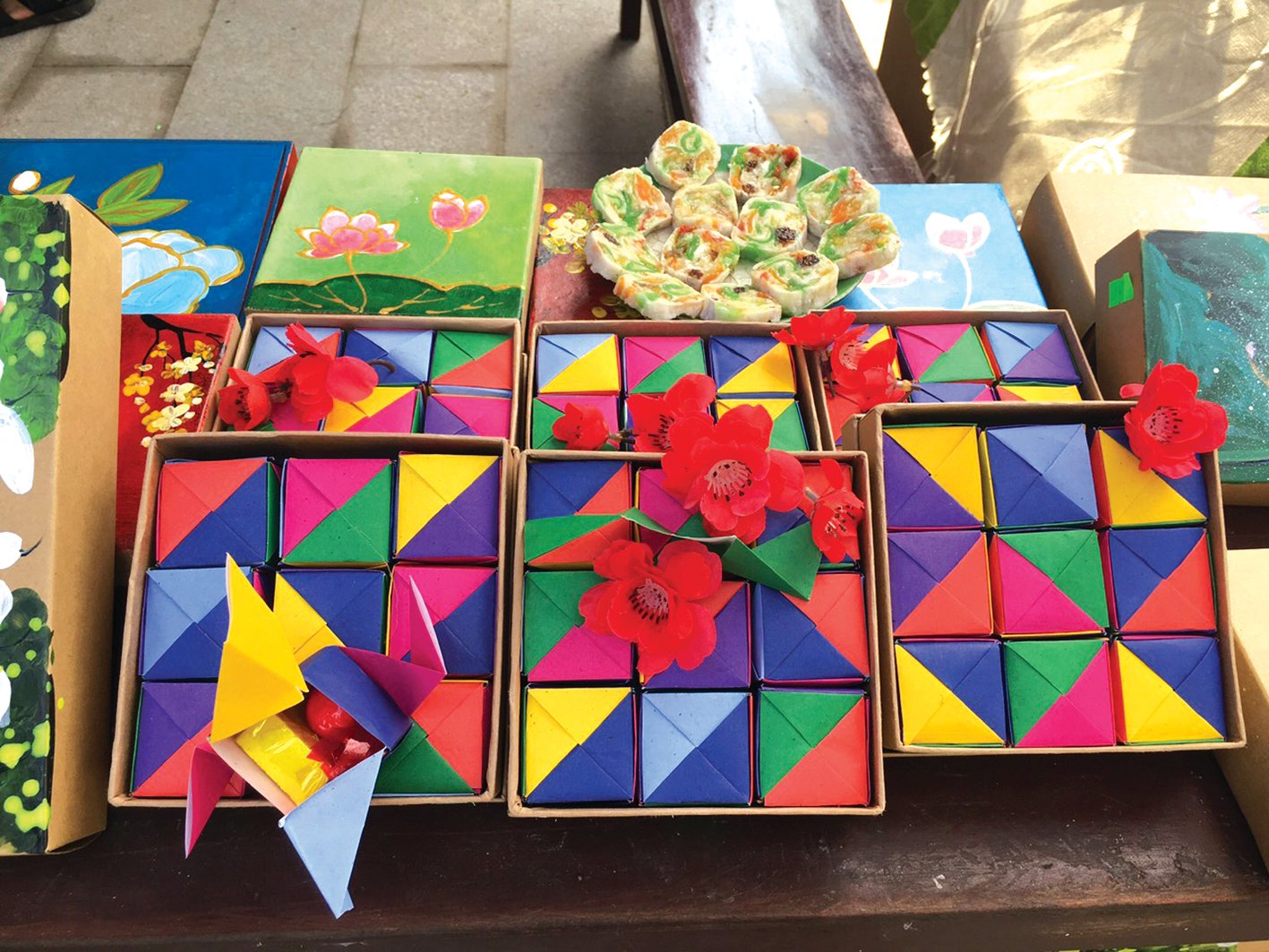
Thanh Tien village's Phap Lam cake stands out with its five-color paper layer.
There is a Hue girl named Pham Thi Dieu Huyen, living near Tinh Tam Lake, who recently started a business by recreating ancient enamel cakes. It is also a type of printed cake but is wrapped and arranged in a very unique box. The highlight of this type of cake box is the outer layer of paper used in five colors of Thanh Tien village, inspired by the five basic colors of enamel art.
In recent years, Tet dishes have become more and more beautiful, the Hue enamel color system has been widely used. Banh in in Dong Ba market is arranged beautifully like an impressionist painting, with a variety of colors of blue, red, purple, and yellow. Hue dishes also have new, beautiful, and convenient technological applications.
Also Tinh Tam lotus tea, but the artisans of Tay Loc ward store the tea in a four-season box of spring - summer - autumn - winter, a way to introduce it to tourists who will come to Hue to enjoy the Four Seasons Festival. Also thanh tra, but the ladies in Thuy Bieu ward pack more than ten products from thanh tra for spring: jam, wine, essential oils and even thanh tra shampoo for women... Also wooden lamps serving the Tet worship ceremony, but the "driftwood meditation" lamps of Huong Ho ward burn with non-toxic butter and a hand-blown light bulb. Hue sesame candy has been cut into smaller pieces by the artisans, and is very unique when the candy is contained in a box printed with Sinh village paintings with images of spring martial arts, tug of war on Tet, pigs, chickens...
It is said that every 300 years, the land will change dramatically once. However, since the beginning of settlement on the banks of the Perfume River around 1306 until now, Hue cuisine has never lost its unique flavor and color of the capital...
Source



![[Photo] President Luong Cuong holds talks with General Secretary and President of China Xi Jinping](https://vstatic.vietnam.vn/vietnam/resource/IMAGE/2025/4/15/f7e4c602ca2f4113924a583142737ff7)
![[Photo] Air Force actively practices for the April 30th celebration](https://vstatic.vietnam.vn/vietnam/resource/IMAGE/2025/4/15/16fdec3e42734691954b853c00a7ce01)
![[Photo] Prime Minister Pham Minh Chinh works with state-owned enterprises on digital transformation and promoting growth](https://vstatic.vietnam.vn/vietnam/resource/IMAGE/2025/4/15/f55bfb8a7db84af89332844c37778476)
![[Photo] Ho Chi Minh City after 50 years of national reunification through buildings and symbols](https://vstatic.vietnam.vn/vietnam/resource/IMAGE/2025/4/15/a224d0b8e489457f889bdb1eee7fa7b4)
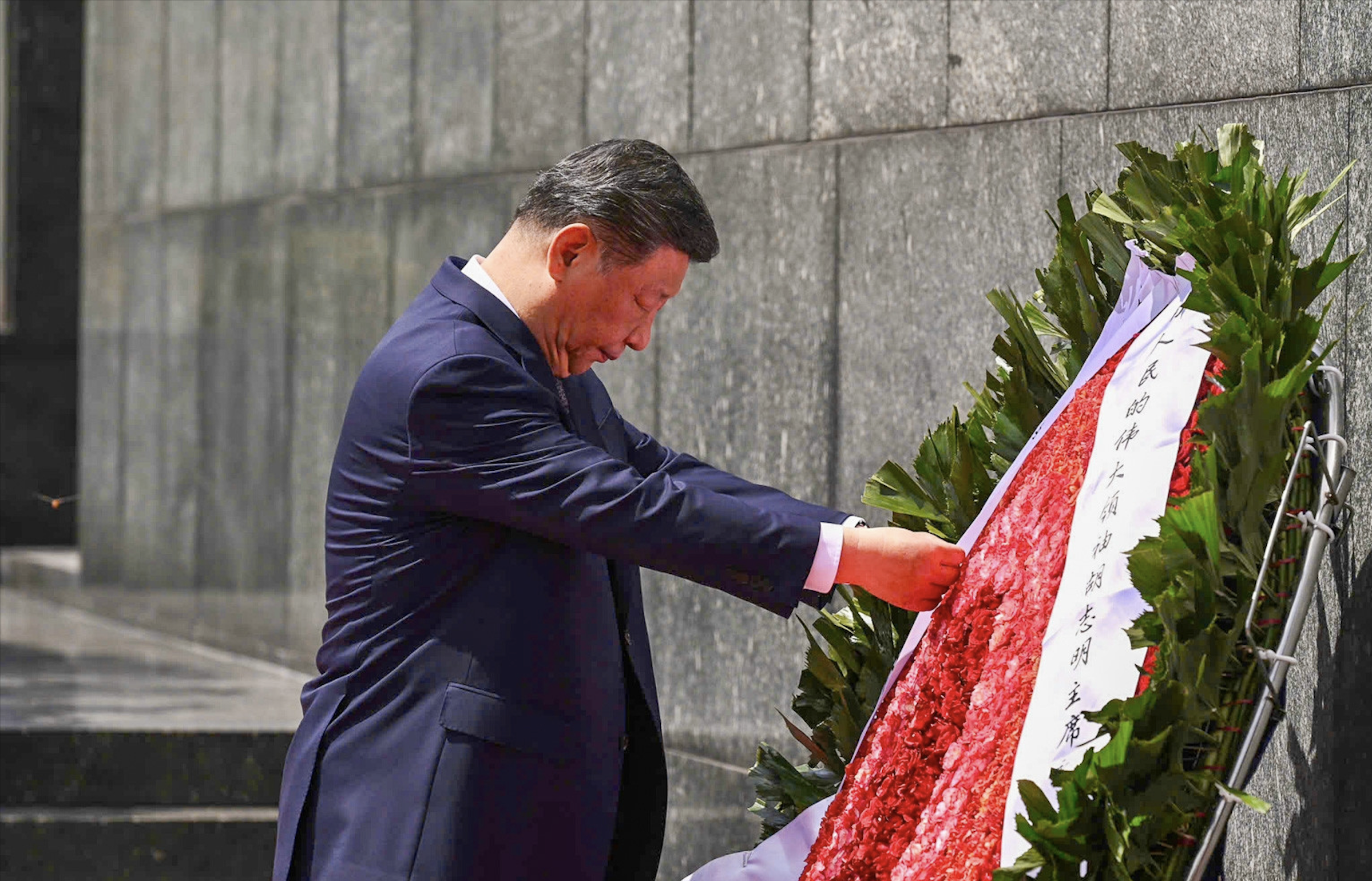
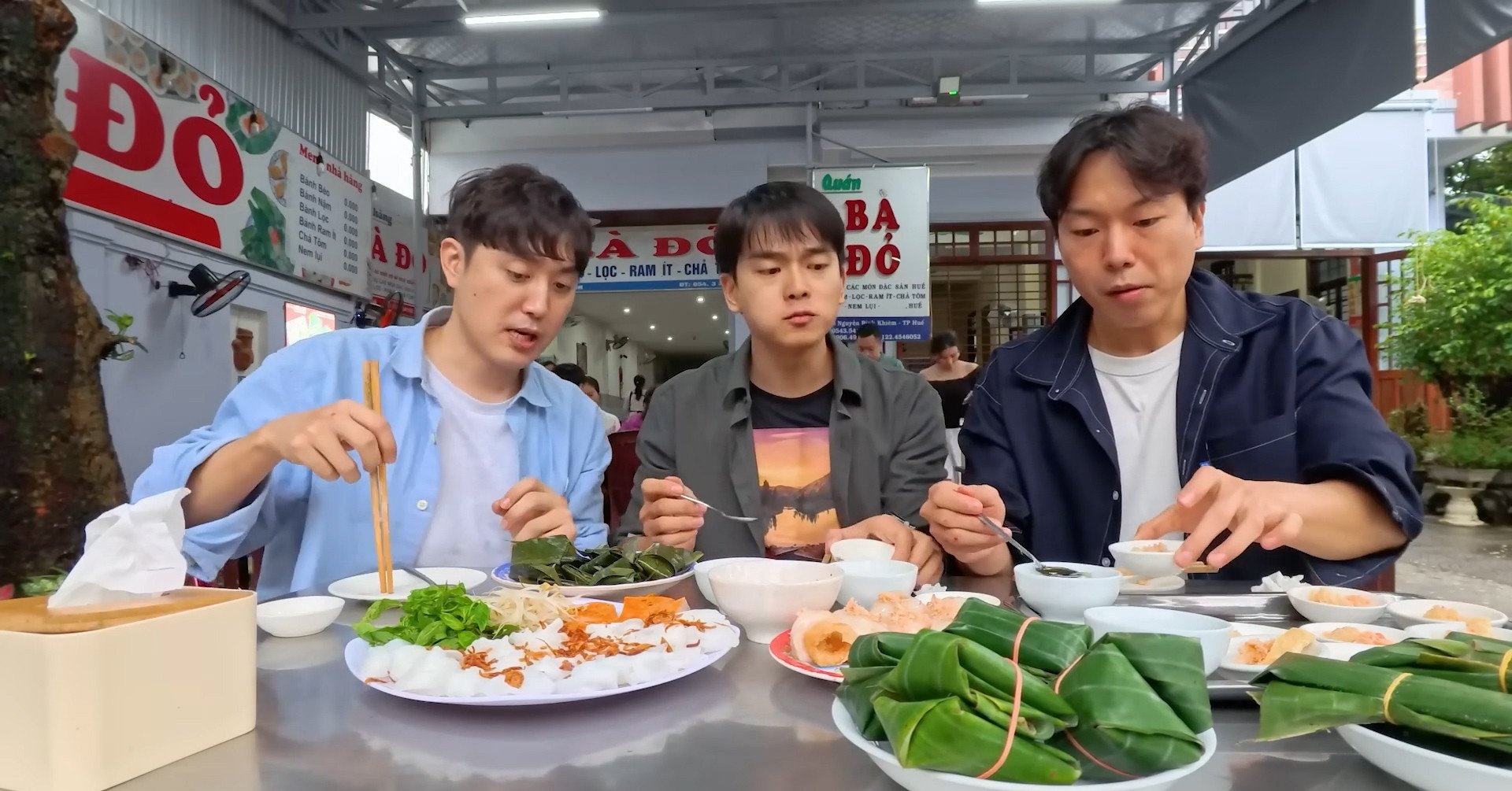

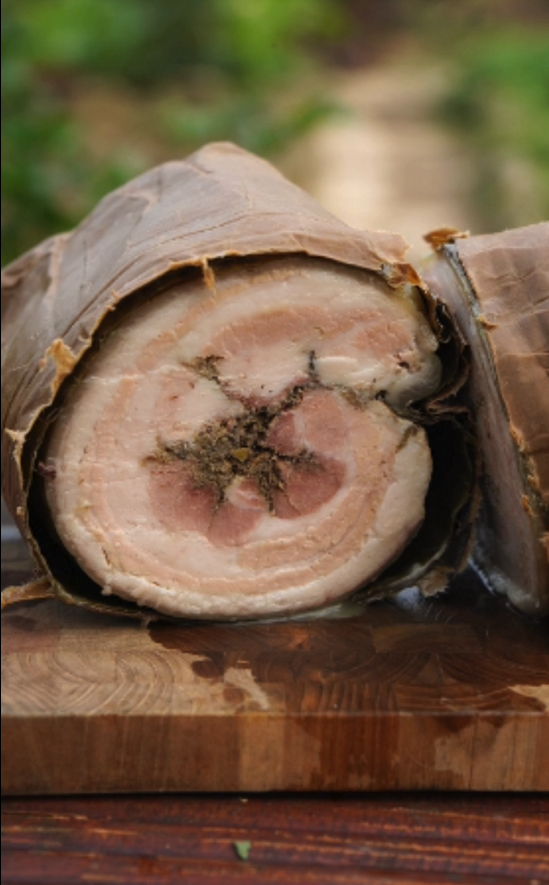
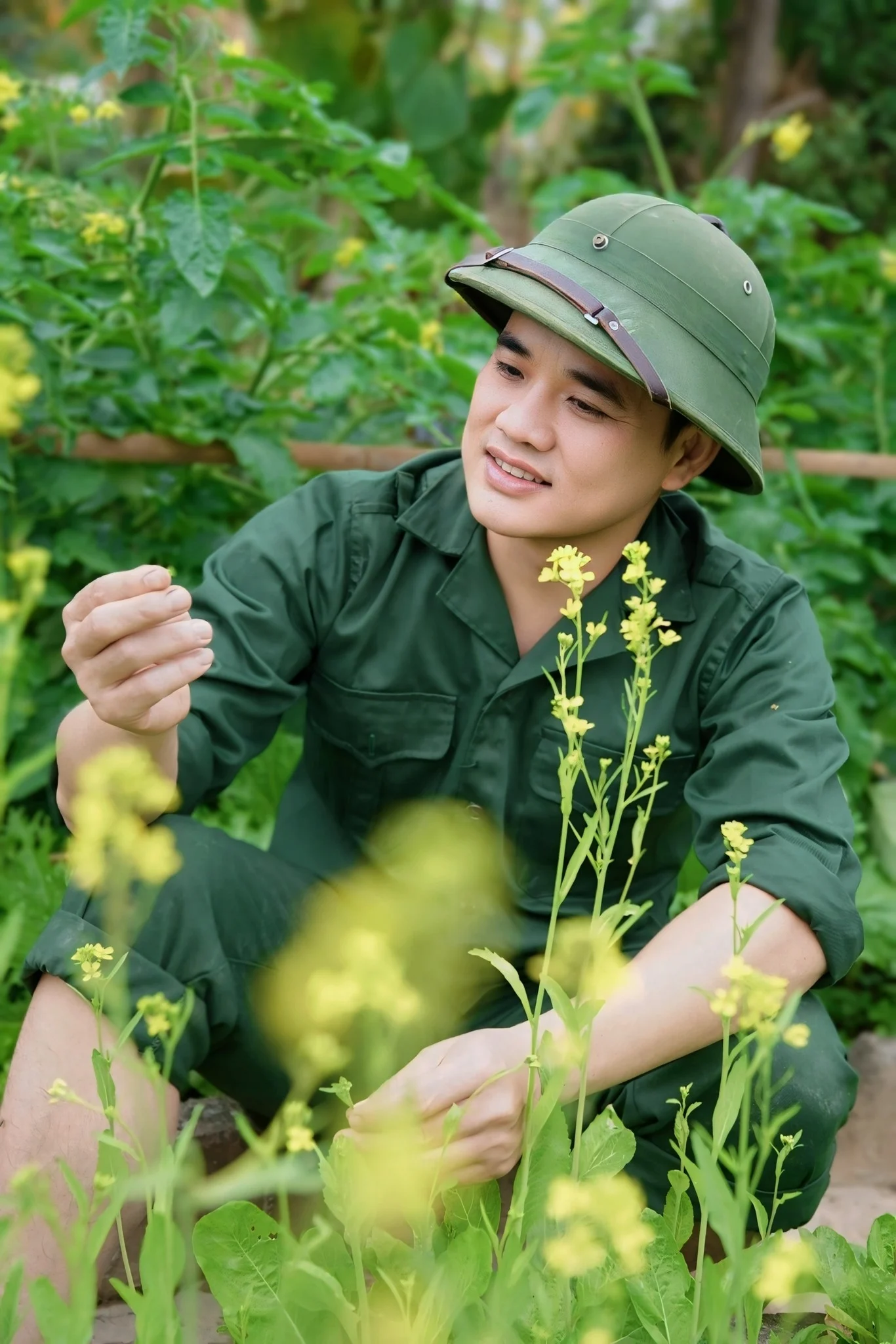
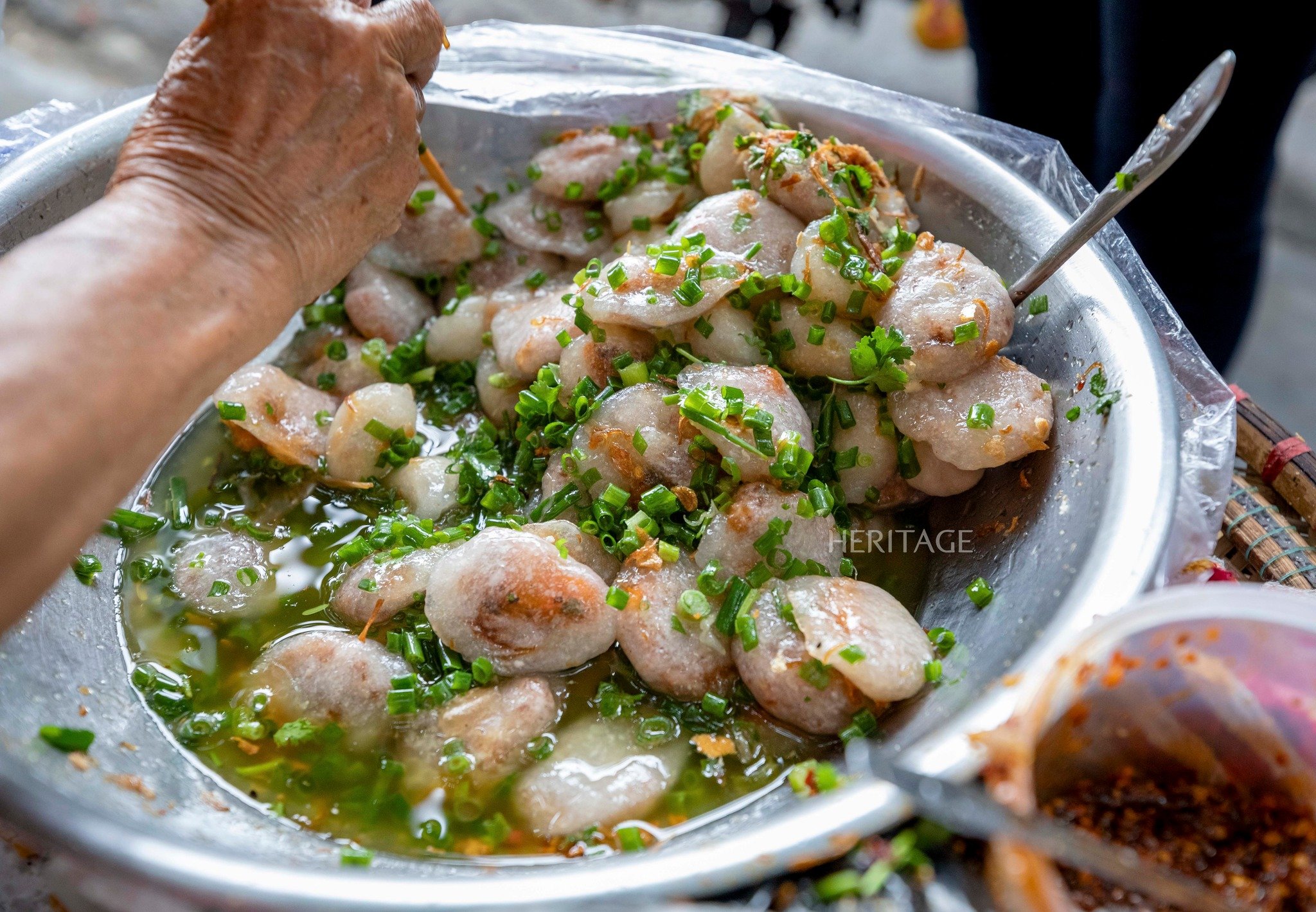

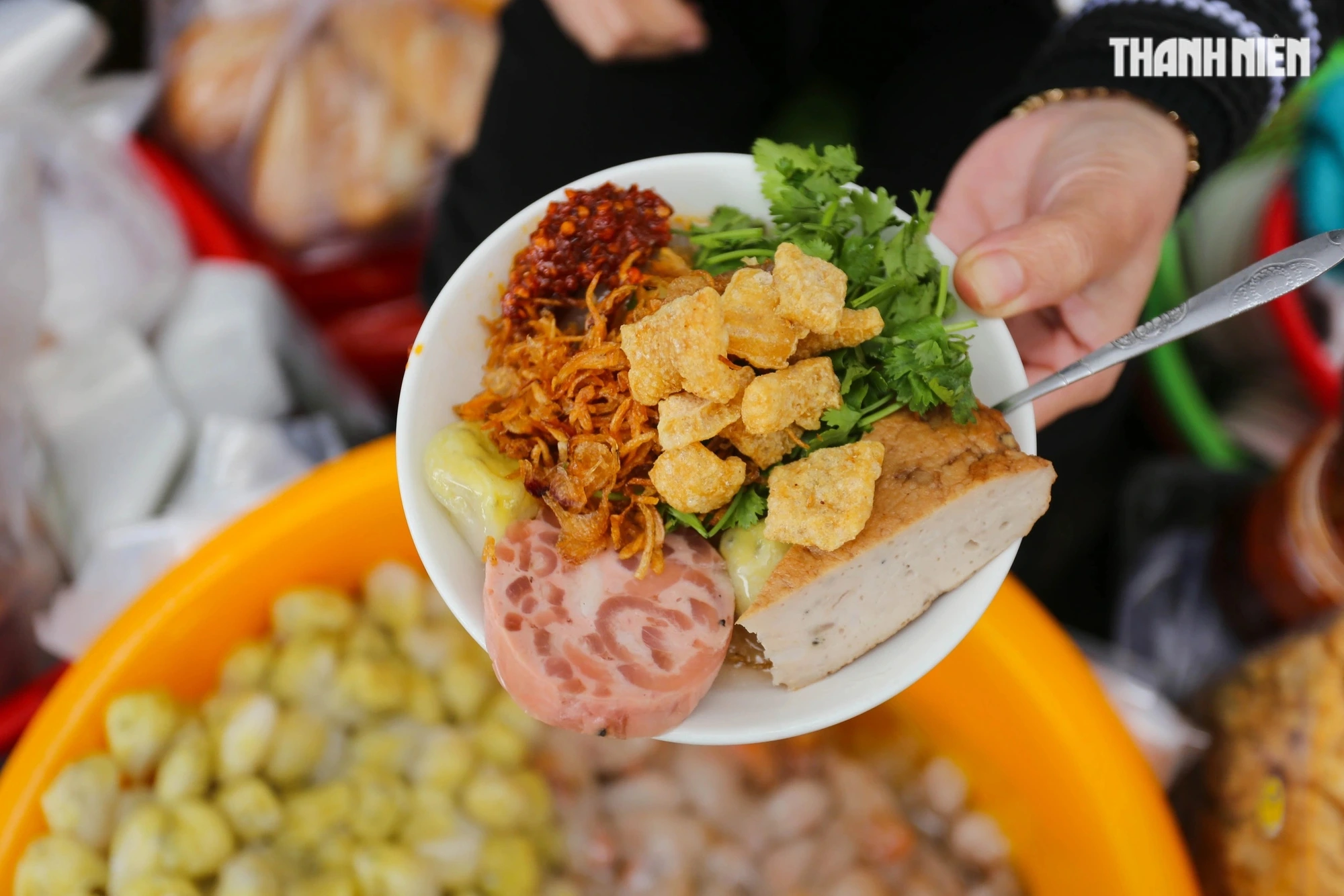

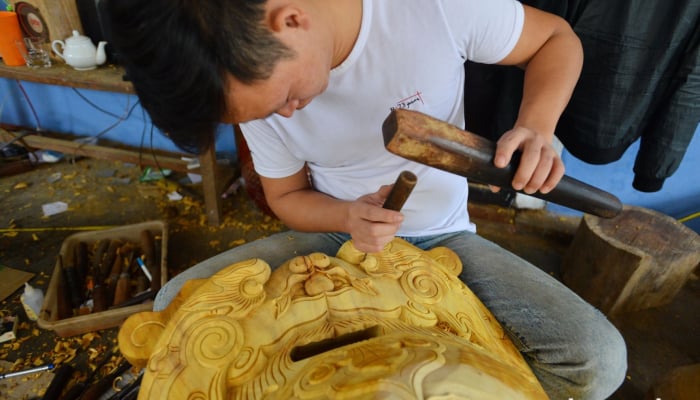


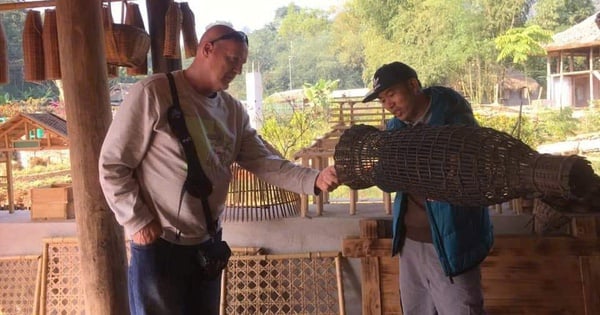
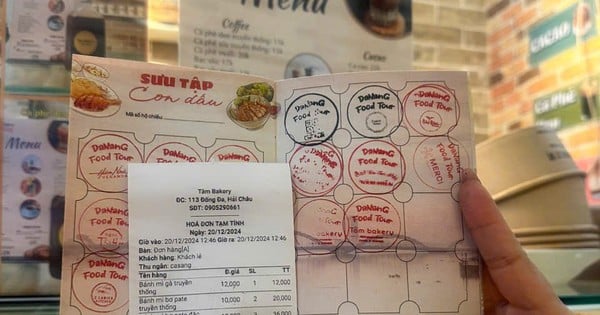

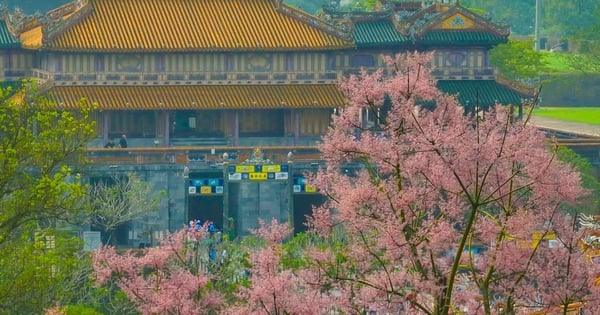





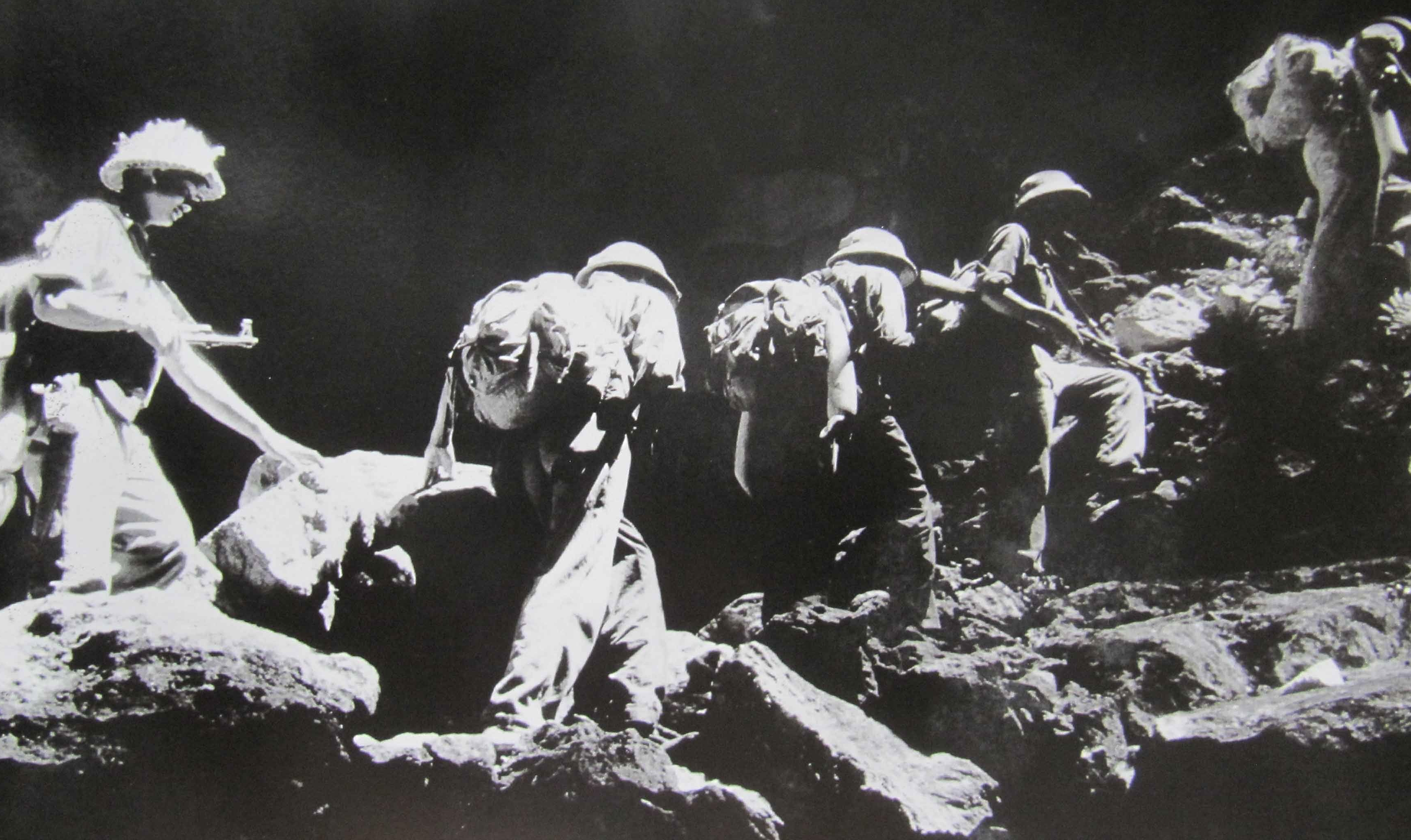


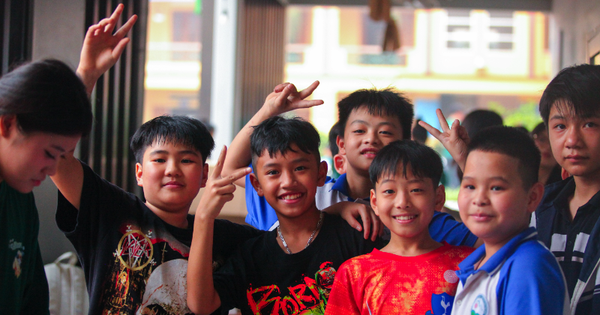







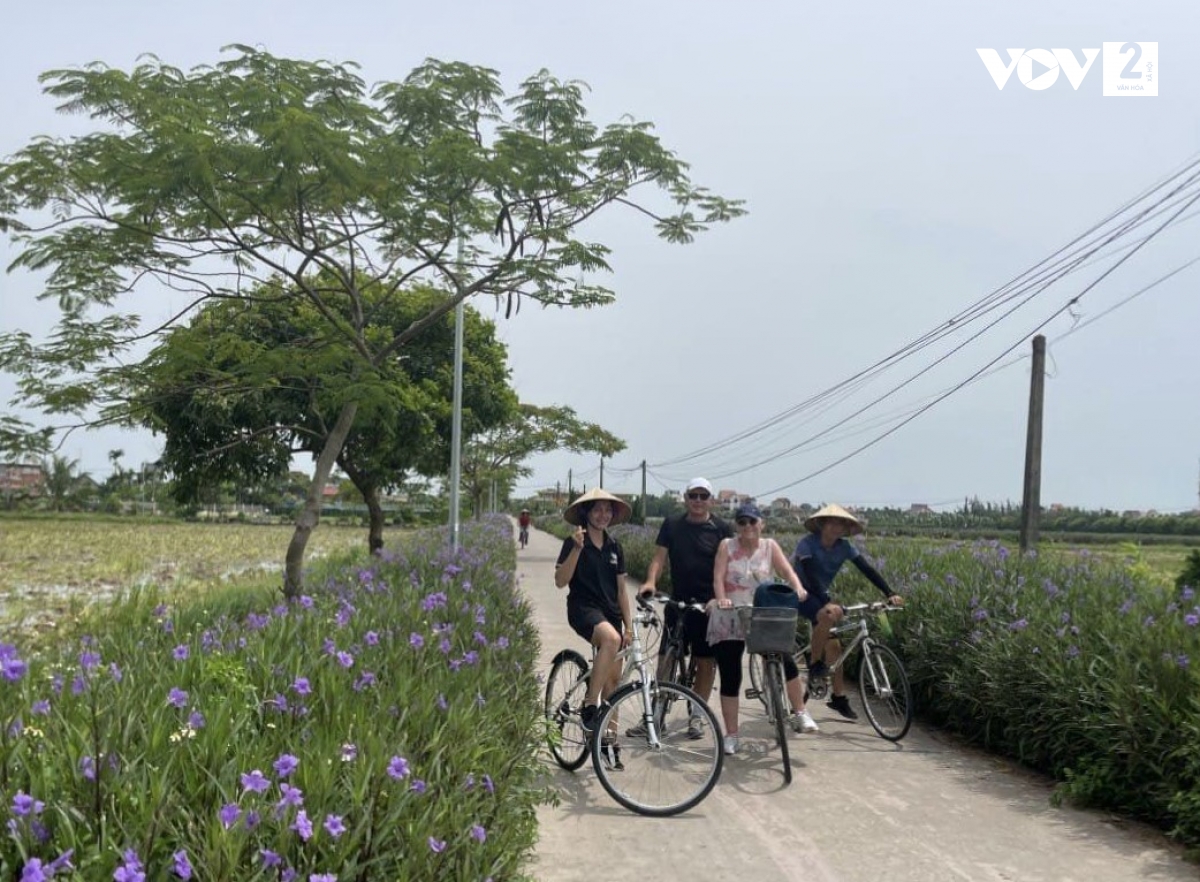

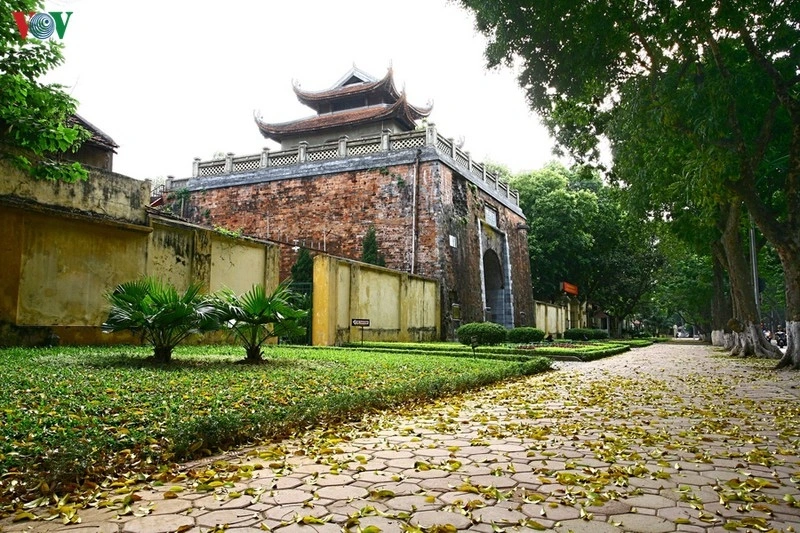

























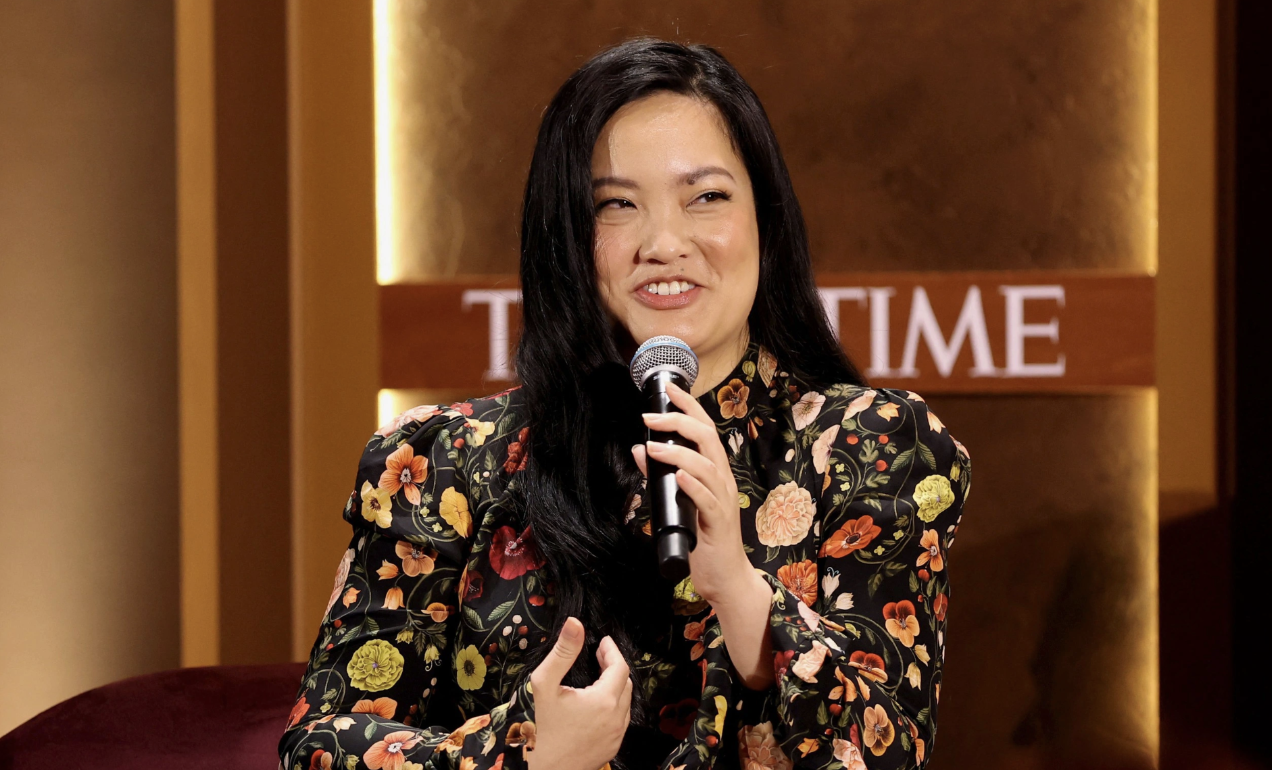











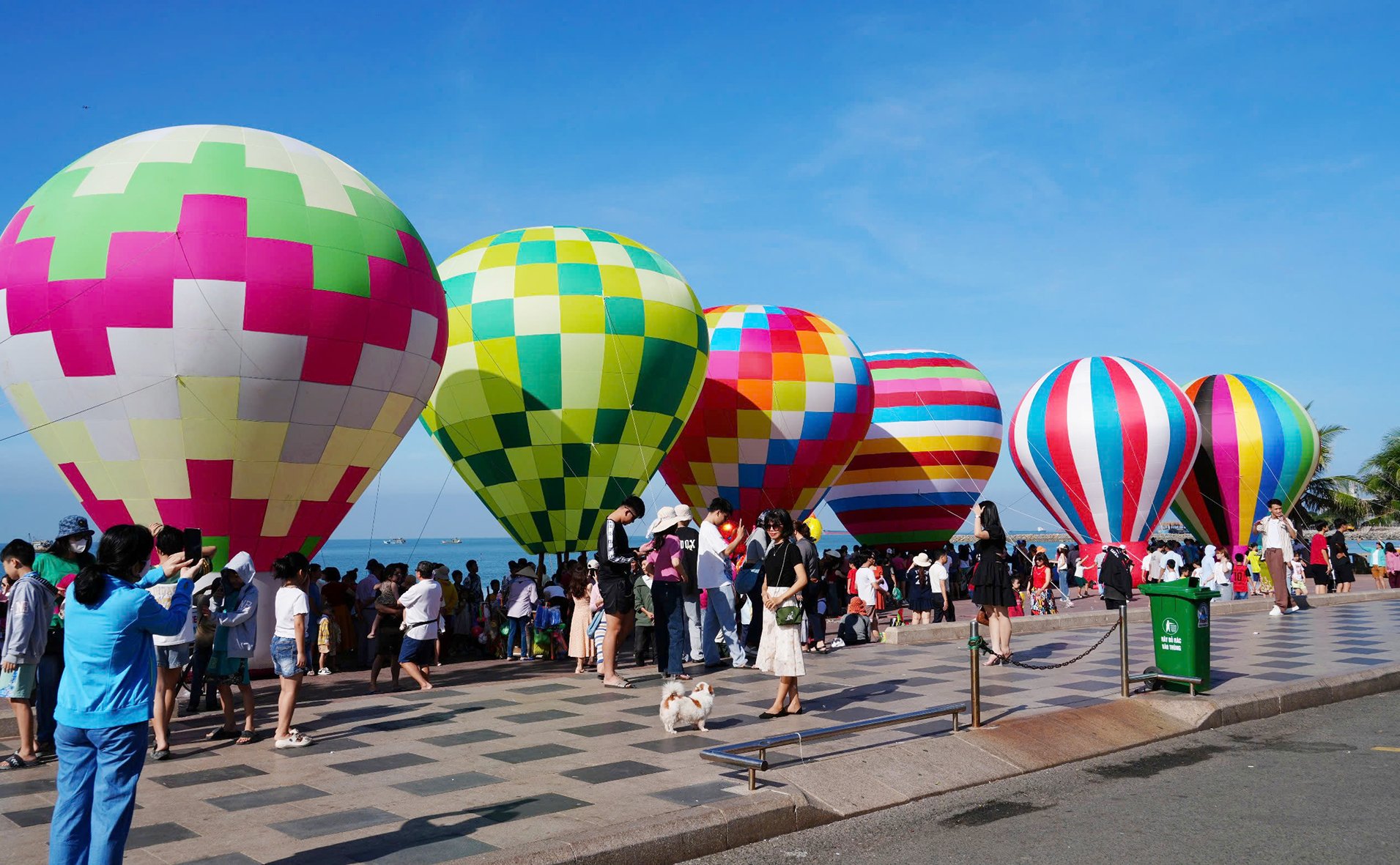


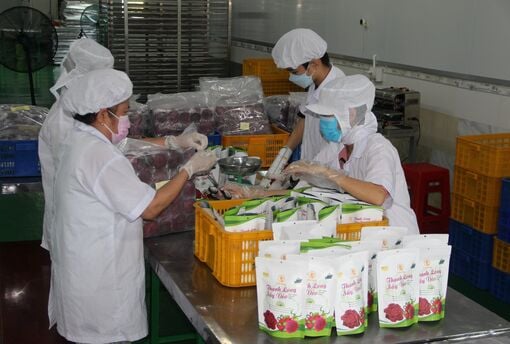

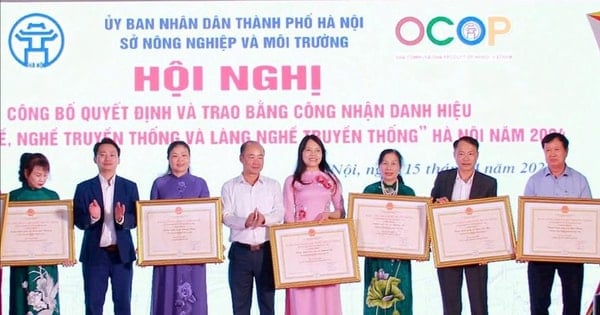


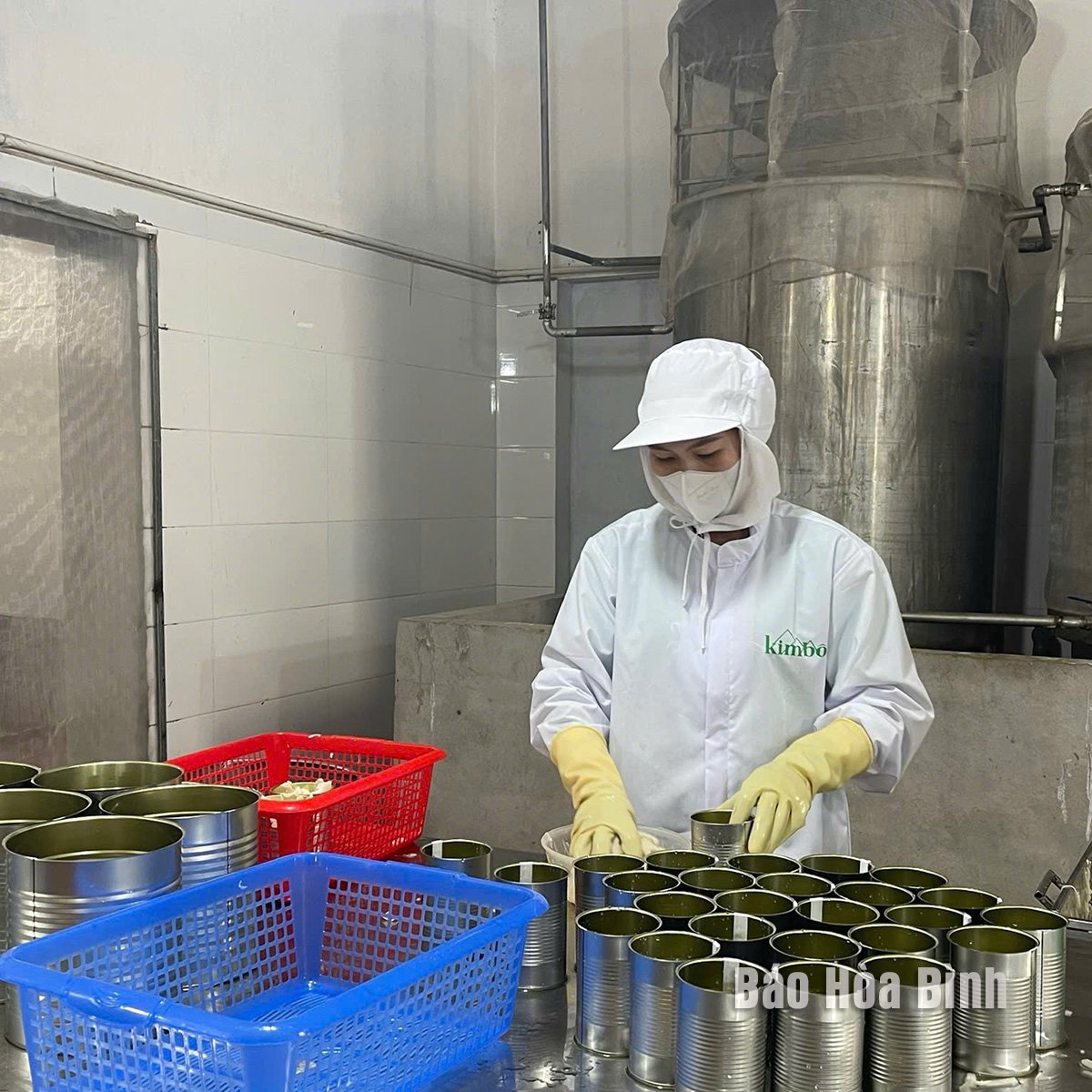



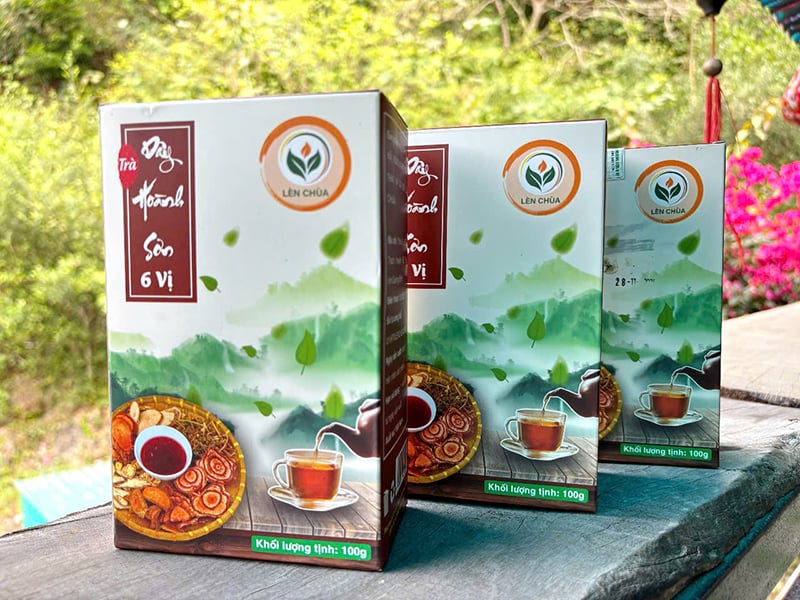
Comment (0)